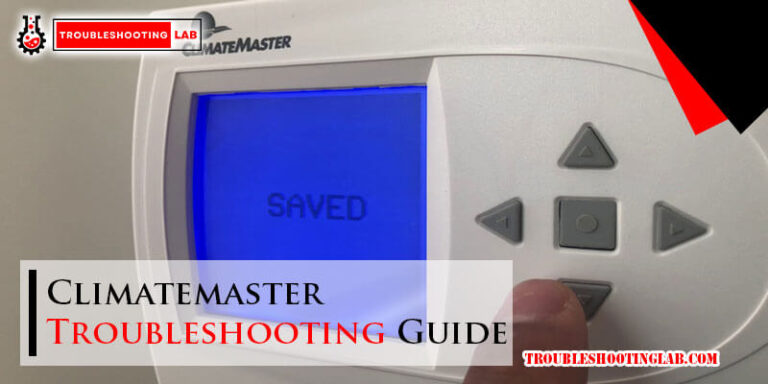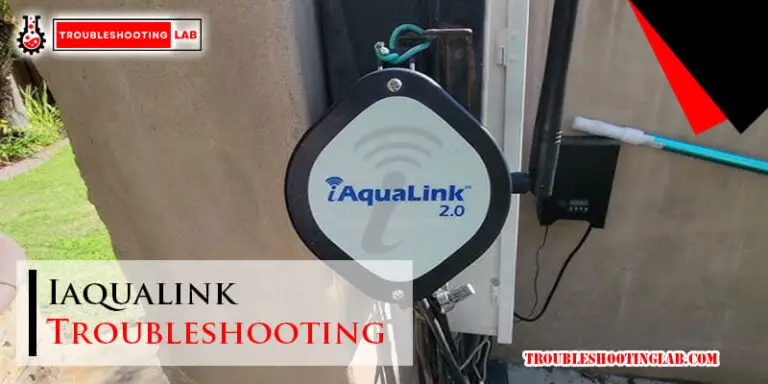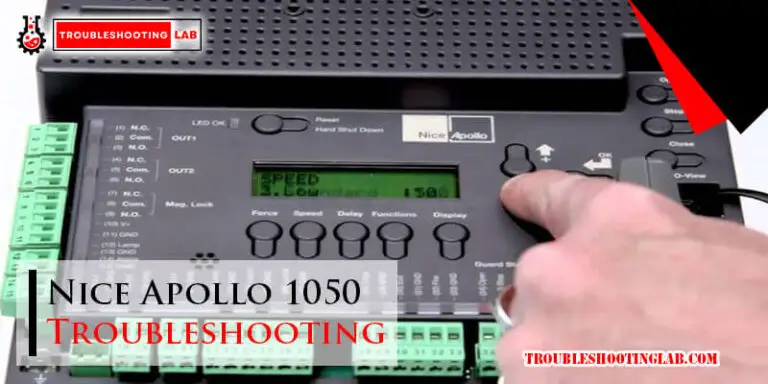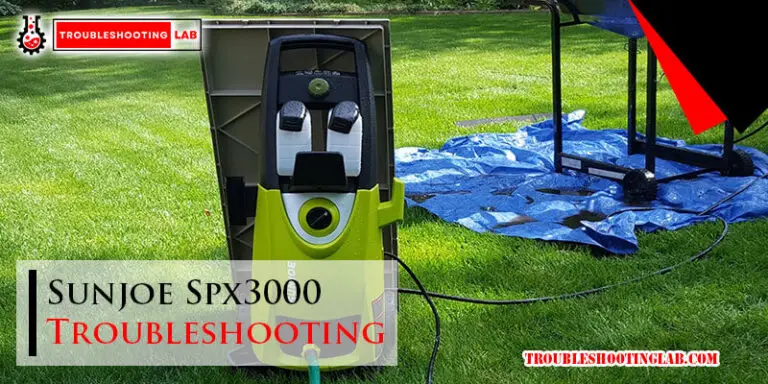Hot Spring Freshwater Salt System Troubleshooting: Tips & Solutions
Hot Spring Freshwater Salt System Troubleshooting can seem daunting. Don’t worry, you’re not alone.
Many spa owners face issues with their salt systems. Understanding common problems can save you time and stress. Hot Spring spas use salt systems to keep water clean and soft. Sometimes, these systems act up. Knowing how to troubleshoot is essential.
This guide will help you identify and solve common issues. From low salt levels to error codes, we’ll cover it all. By the end, you’ll feel more confident managing your spa’s salt system. Let’s dive into the solutions and keep your spa experience smooth and enjoyable.
Common Issues
Hot Spring Freshwater Salt Systems are highly efficient. Yet, certain issues can arise. Understanding these common problems helps in quick troubleshooting. Below are some frequent issues users face:
Low Chlorine Levels
Low chlorine levels can cause water quality issues. These can include foul odors and cloudy water. Regularly check your salt levels. Ensure they are within the recommended range. If salt levels are too low, the system can’t produce enough chlorine.
- Check the salt cell for any blockages.
- Clean the cell as needed.
- Ensure the water temperature is optimal.
Always test your water chemistry. Adjust the settings as needed for balanced water.
High Chlorine Levels
High chlorine levels can be harmful. They can cause skin and eye irritation. To reduce chlorine levels, follow these steps:
- Turn off the salt system temporarily.
- Add fresh water to dilute the chlorine.
- Use a chlorine neutralizer if necessary.
Regularly monitor chlorine levels. Keep them within the recommended range for safe use.
Cloudy Water
Cloudy water is a common issue. It can result from poor water balance. Check and adjust the following:
| Parameter | Ideal Range |
|---|---|
| pH Level | 7.2 – 7.8 |
| Alkalinity | 80 – 120 ppm |
| Calcium Hardness | 150 – 400 ppm |
Ensure filters are clean. Replace them if necessary. Proper circulation helps maintain clear water.
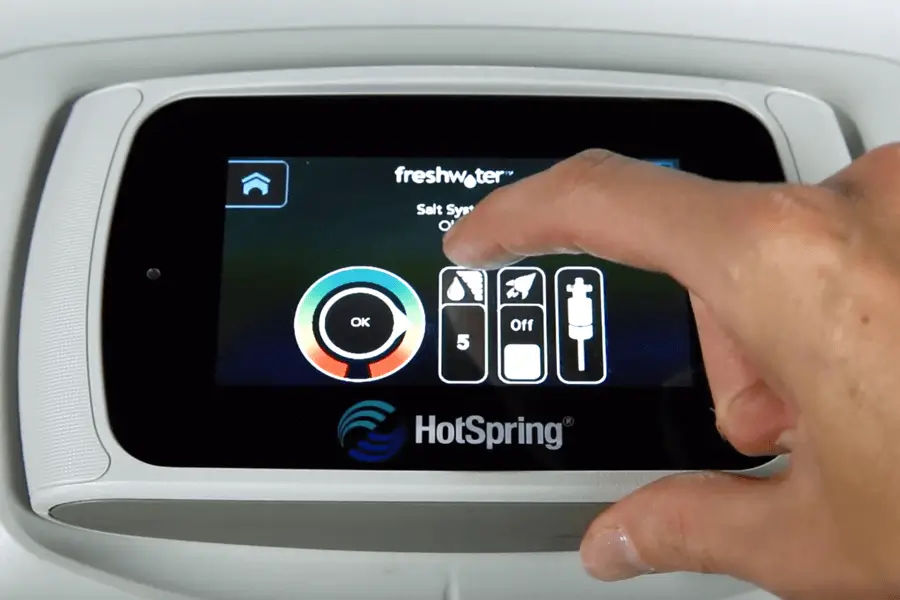
Credit: www.nespas.com
Diagnosing Problems
Diagnosing problems with your Hot Spring Freshwater Salt System can seem daunting. By breaking down the process, you can identify issues quickly. Follow these steps to keep your system running smoothly.
Testing Water Chemistry
Start with the basics: check the water chemistry. Use test strips or a digital tester. Ensure levels are in the recommended range:
- pH: 7.2-7.8
- Free Chlorine: 1-3 ppm
- Total Alkalinity: 80-120 ppm
- Calcium Hardness: 150-400 ppm
- Salt Level: 1500-2000 ppm
If any levels are off, adjust accordingly. This step ensures the salt cell functions properly.
Inspecting Salt Cell
The next step is to inspect the salt cell. Turn off the power before removal. Look for any visible signs of wear or build-up. Clean the cell if needed:
- Fill a container with a 4:1 water to acid solution.
- Soak the cell for 15-30 minutes.
- Rinse with clean water.
A clean cell ensures optimal performance and prevents future problems.
Checking Power Supply
Lastly, check the power supply to the system. Ensure all connections are secure. Use a multimeter to verify the voltage:
| Component | Expected Voltage |
|---|---|
| Controller | 120/240V |
| Salt Cell | 24V |
If there are discrepancies, you may need a professional to inspect further. Proper voltage ensures the system functions correctly.
Salt Levels
Maintaining proper salt levels in your Hot Spring Freshwater Salt System is crucial. It ensures the system works efficiently. The right salt level helps in keeping the water clean. It also prolongs the lifespan of your hot tub components. Let’s dive into the details of salt levels.
Ideal Salt Range
For optimal performance, the salt level should be between 1,500-2,000 ppm (parts per million). This range is ideal for the Freshwater Salt System. It keeps the water sanitized and balanced. Regularly test the water to monitor the salt levels. Testing kits are available for accurate measurements.
Adding Salt
If the salt level is below 1,500 ppm, you need to add salt. Start by adding a small amount of salt. Stir the water to help the salt dissolve. Wait for a few hours and then test the water again. Repeat the process until the desired salt level is reached.
Removing Excess Salt
If the salt level exceeds 2,000 ppm, you need to remove some salt. Drain a portion of the water from the hot tub. Replace it with fresh water. Mix well and test the salt level again. Continue this process until the salt level returns to the ideal range.
Water Balance
Maintaining the water balance in your Hot Spring Freshwater Salt System is crucial. Proper balance ensures clean, clear, and safe water. Let’s dive into key aspects of water balance: pH levels, alkalinity, and calcium hardness.
Ph Levels
The pH level measures how acidic or basic your water is. The ideal range is 7.2 to 7.8. Outside this range, water can cause irritation and damage your system.
To adjust pH, use pH increaser or pH decreaser. Always follow the product instructions.
| pH Level | Action Needed |
|---|---|
| Below 7.2 | Add pH increaser |
| Above 7.8 | Add pH decreaser |
Alkalinity
Alkalinity acts as a buffer for pH levels. Ideal range: 80-120 ppm (parts per million). Balanced alkalinity prevents sudden pH changes.
- Test water using a test strip.
- If low, add an alkalinity increaser.
- If high, adjust by adding small amounts of pH decreaser.
Calcium Hardness
Calcium hardness measures the amount of calcium in your water. Ideal range: 150-400 ppm. Proper calcium levels prevent corrosion and scaling.
- If low, add a calcium hardness increaser.
- If high, partially drain and refill with fresh water.
Regular testing and adjustment keep your Hot Spring Freshwater Salt System in top shape. Balanced water means a safer, more enjoyable experience.
Cleaning The System
Maintaining your Hot Spring Freshwater Salt System is crucial for its longevity. Cleaning the system ensures the water stays clean and balanced. This process involves several steps that are easy to follow. Let’s dive into the details.
Salt Cell Maintenance
The salt cell converts salt into chlorine. Cleaning the salt cell is important. First, turn off the power. Remove the cell from the system. Rinse it with a garden hose. Use a soft brush to remove any build-up. Do not use harsh chemicals. Check the cell for any signs of wear. Replace it if needed. This simple maintenance will keep your system running smoothly.
Filter Cleaning
Clean filters ensure the water stays clear. Dirty filters can cause many issues. Remove the filters from the hot tub. Rinse them with a garden hose. Use a filter cleaner solution for deep cleaning. Allow the filters to dry completely before placing them back. Clean the filters at least once a month. This will help maintain the quality of your hot tub water.
Regular Draining
Draining your hot tub regularly is necessary. This process removes old water that may contain impurities. Turn off the power. Attach a hose to the drainage valve. Open the valve and let the water drain completely. Clean the tub’s surface with a gentle cleaner. Rinse thoroughly. Refill the tub with fresh water. This step helps maintain a healthy environment for your hot tub. Regular draining keeps your system in top condition.

Credit: www.thespateam.com
Replacing Components
Replacing components in your Hot Spring Freshwater Salt System can extend its life. This guide covers common issues and how to fix them. Let’s dive into the most frequent component replacements.
Salt Cell Replacement
The salt cell is a key part of your system. It converts salt into chlorine. Over time, it may fail. Signs include low chlorine levels or error codes.
To replace the salt cell:
- Turn off the power.
- Disconnect the salt cell from the control panel.
- Remove the old cell.
- Install the new cell.
- Reconnect and power on the system.
Always use a compatible salt cell. It ensures proper function and longevity.
Sensor Issues
Sensors monitor water levels and quality. They can malfunction due to buildup or wear. Signs include erratic readings or system errors.
To address sensor issues:
- Clean the sensors regularly.
- Check connections for corrosion.
- Replace sensors if cleaning fails.
Use a soft brush and mild cleaner. Avoid harsh chemicals. They can damage the sensors.
Power Supply Troubles
A faulty power supply can disrupt your system. Symptoms include no power or intermittent operation.
To troubleshoot power supply issues:
- Check the power cord for damage.
- Ensure the outlet works. Test with another device.
- Inspect the power supply unit for signs of wear.
If the power supply is faulty, replace it. Use a unit with the same voltage and wattage ratings.
Preventative Measures
Preventative measures are essential for maintaining the Hot Spring Freshwater Salt System. These steps ensure the system runs smoothly and avoids common issues. Regular checks and maintenance help extend the life of your hot tub. They also save you money on repairs and replacements.
Regular Testing
Test the water in your hot tub every week. Use a reliable test strip to check the salt levels and water quality. This helps you detect any imbalances early. Adjust the salt levels as needed to keep the water safe and clean.
Consistent Maintenance
Clean the salt cell every three months. This prevents buildup and ensures efficient operation. Replace the cell every two to three years for optimal performance. Check the filters regularly and clean them to maintain water flow.
Seasonal Checks
Perform a thorough inspection at the start of each season. Look for any signs of wear or damage. Replace any worn parts before they cause bigger problems. Drain and refill the hot tub water every three to four months.
Following these preventative measures keeps your Hot Spring Freshwater Salt System in top condition. Regular testing, consistent maintenance, and seasonal checks help avoid costly repairs. They also provide a better and safer hot tub experience.
Professional Help
Sometimes, troubleshooting your Hot Spring Freshwater Salt System can be challenging. This is where professional help becomes invaluable. Knowing when to call a technician, how to find a reliable service, and understanding the cost considerations can make all the difference.
When To Call A Technician
There are specific scenarios where calling a technician is necessary:
- Water quality issues persist despite regular maintenance.
- System error codes that you cannot resolve with the manual.
- Unusual noises or leaks from the equipment.
- Component replacements that require specialized tools.
Finding A Reliable Service
Finding a reliable service is crucial for effective troubleshooting. Here are a few tips:
- Check reviews online for local technicians.
- Ask for recommendations from friends or community forums.
- Verify certifications and experience in saltwater systems.
- Request a quote before agreeing to any repairs.
Cost Considerations
Understanding the costs can help you budget for professional help:
| Service Type | Estimated Cost |
|---|---|
| Basic Inspection | $75 – $150 |
| System Repair | $150 – $300 |
| Component Replacement | $100 – $200 |
Preventive maintenance can often reduce these costs. Regular check-ups can catch issues early, saving you money in the long run.

Credit: www.hotspring.com
Frequently Asked Questions
What Should I Do If My Salt System Isn’t Producing Chlorine?
Check the salt levels and clean the cell. Ensure proper water flow and adequate salt concentration.
How Often Should I Clean The Salt Cell?
Clean the salt cell every 3-4 months. This helps maintain efficiency and prolongs the system’s life.
Why Is My Water Cloudy Even With A Salt System?
Cloudy water can be due to imbalanced chemicals. Test and adjust pH, alkalinity, and calcium hardness.
Can I Use Regular Table Salt In My Hot Spring Salt System?
No, use only high-purity salt designed for saltwater systems. Regular table salt may contain additives.
How Do I Know If My Salt Cell Needs Replacing?
If cleaning doesn’t improve performance and chlorine levels stay low, it might be time to replace the salt cell.
Conclusion
Troubleshooting your Hot Spring Freshwater Salt System doesn’t have to be hard. Regular maintenance and simple checks solve most issues. Follow the steps outlined to keep your system running smoothly. This will ensure clean and safe water for your hot tub.
Remember, consistent care extends the lifespan of your system. So, stay proactive and enjoy your relaxing spa experience.

